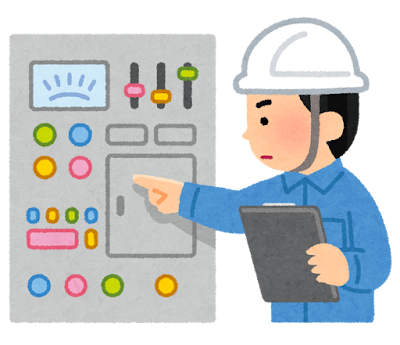導入 / Introduction
敬語の理解は日本語学習者にとって大きなハードルです。
特に「どこ → どちら」のように、指し示すことばを丁寧に言い換える場面は、理由が分かりにくいものです。
Understanding keigo (polite Japanese) is one of the biggest challenges for learners.
In particular, expressions like changing “doko” (where) into “dochira” (which way) can feel confusing without context.
1. 基本の変換 / Basic Conversions
- ここ → こちら (koko → kochira)
- そこ → そちら (soko → sochira)
- あそこ → あちら (asoko → achira)
- どこ → どちら (doko → dochira)
👉 「〜ち/ら」をつけることで、丁寧さ・敬意 が加わります。
2. 接客での使い方 / In Customer Service
JP: ご担当者様はそちらにいらっしゃいます。
EN: The person in charge is over there.
JP: お手洗いはどちらでしょうか?
EN: Where is the restroom (polite)?
JP: 会場はこちらです。
EN: The venue is this way.
3. 敬語的な意味合い / Why It’s Polite
「どこ」を「どちら」に言い換えるのは、相手や対象に敬意をのせるためです。
「ち/ら」という形は、古くから「方向・方角」を表し、そこに丁寧さが加わっています。
Changing doko to dochira adds a nuance of respect toward the listener or subject.
The ending -chira historically meant “direction,” and in modern Japanese it carries a polite tone.
4. 学習のコツ / Study Tips
- 相手に尋ねるときは どちら
- 自分や自分の側を示すときは こちら
- 相手の側は そちら
- 遠い場所や第三者は あちら
👉 まずは「どちら=丁寧な質問」と覚えると楽です。



コメント